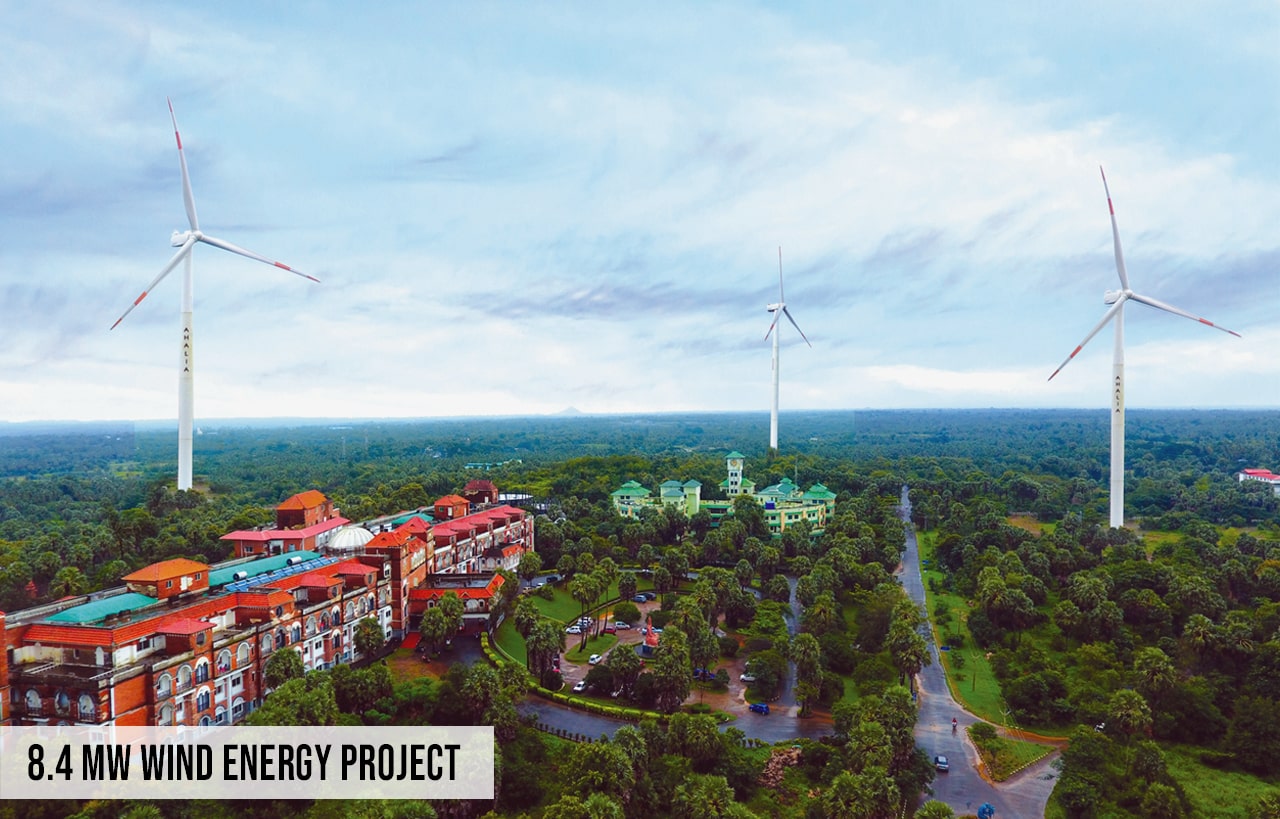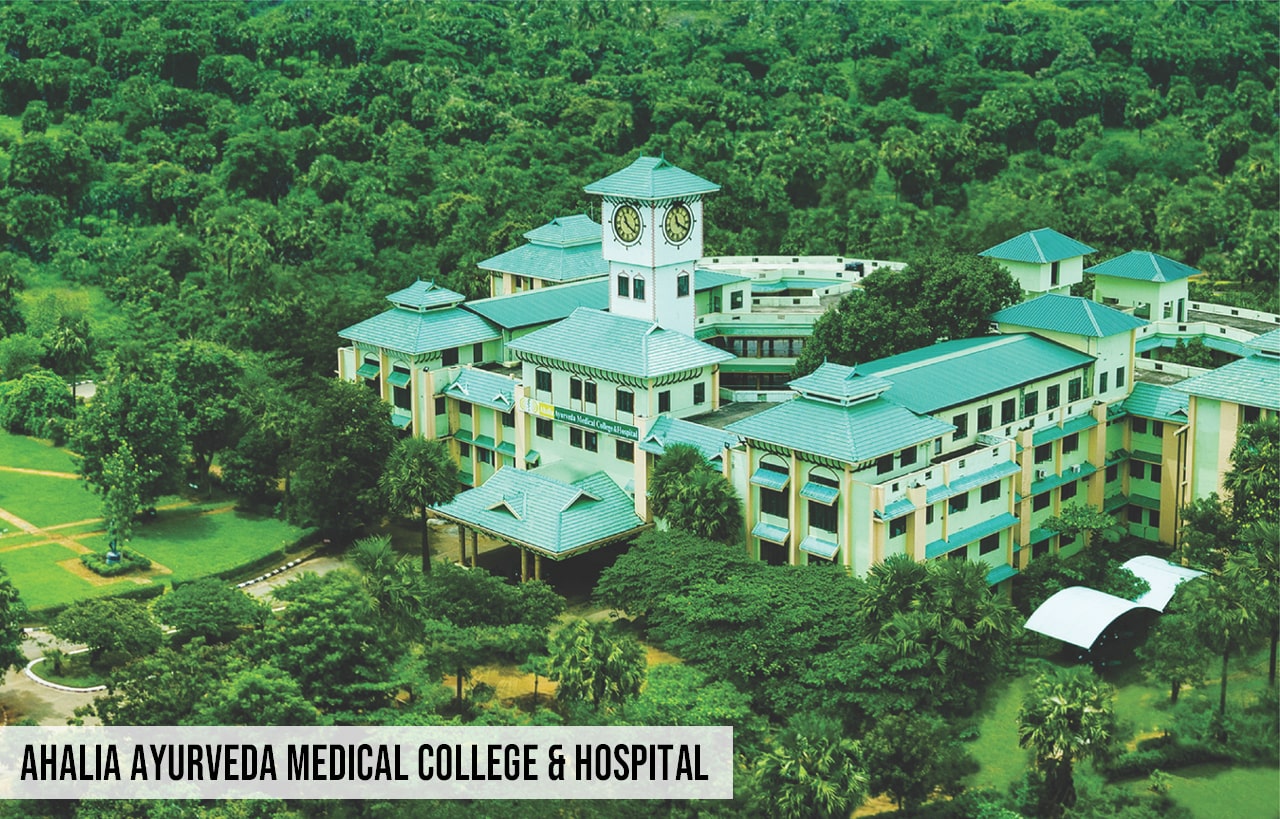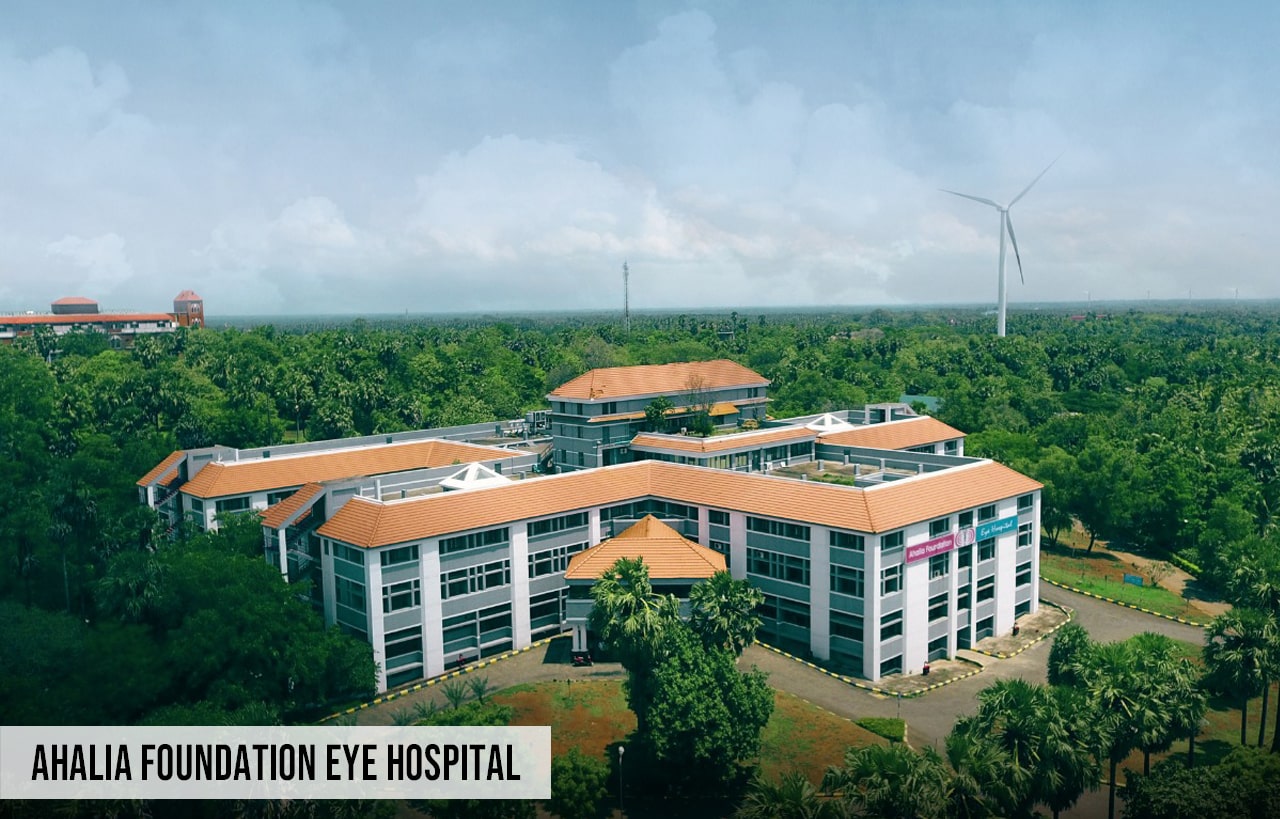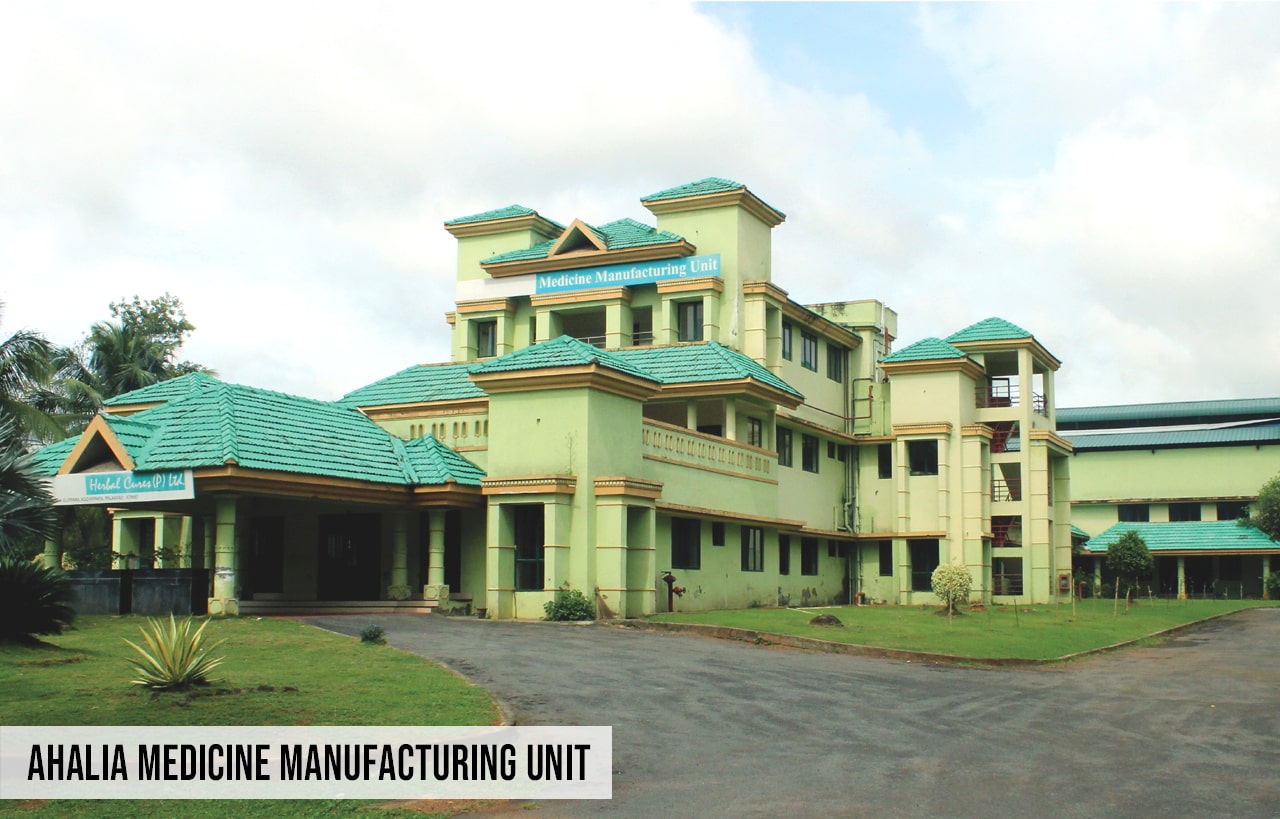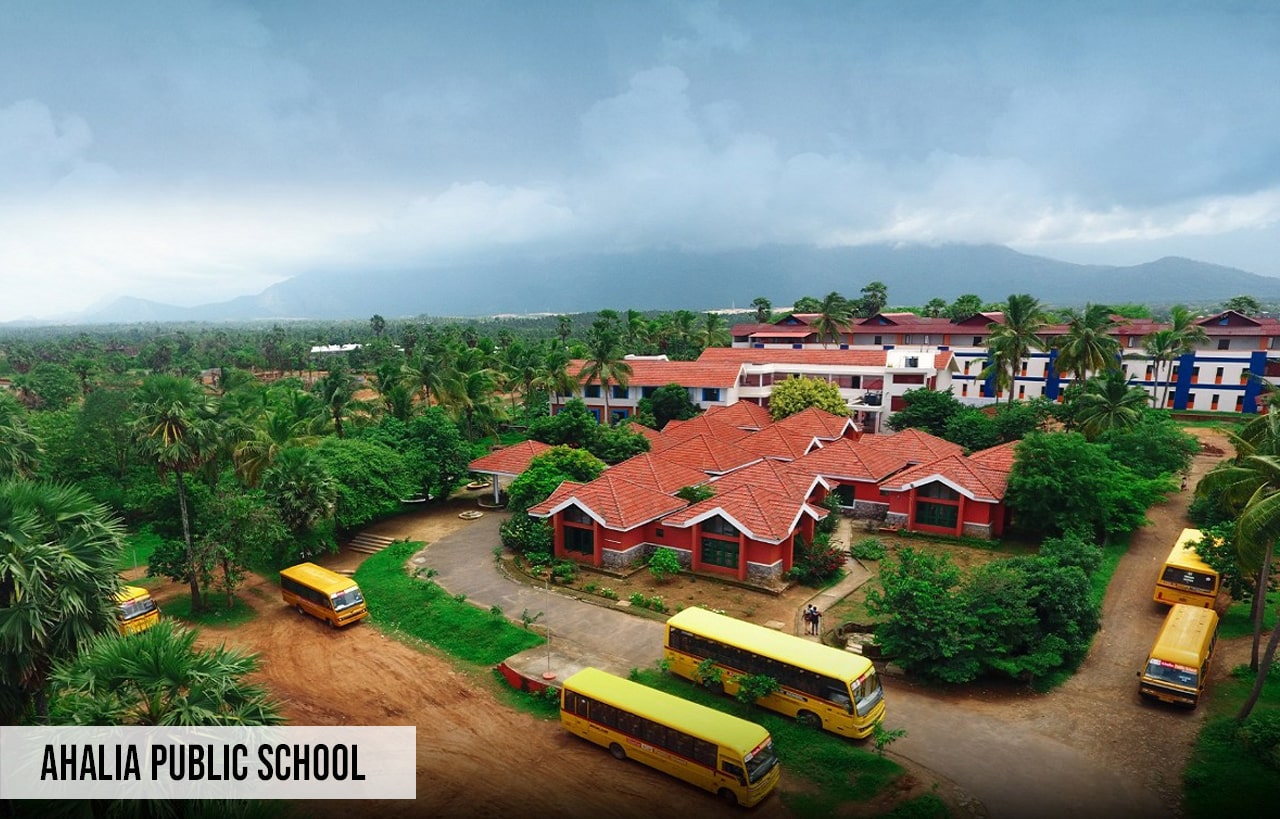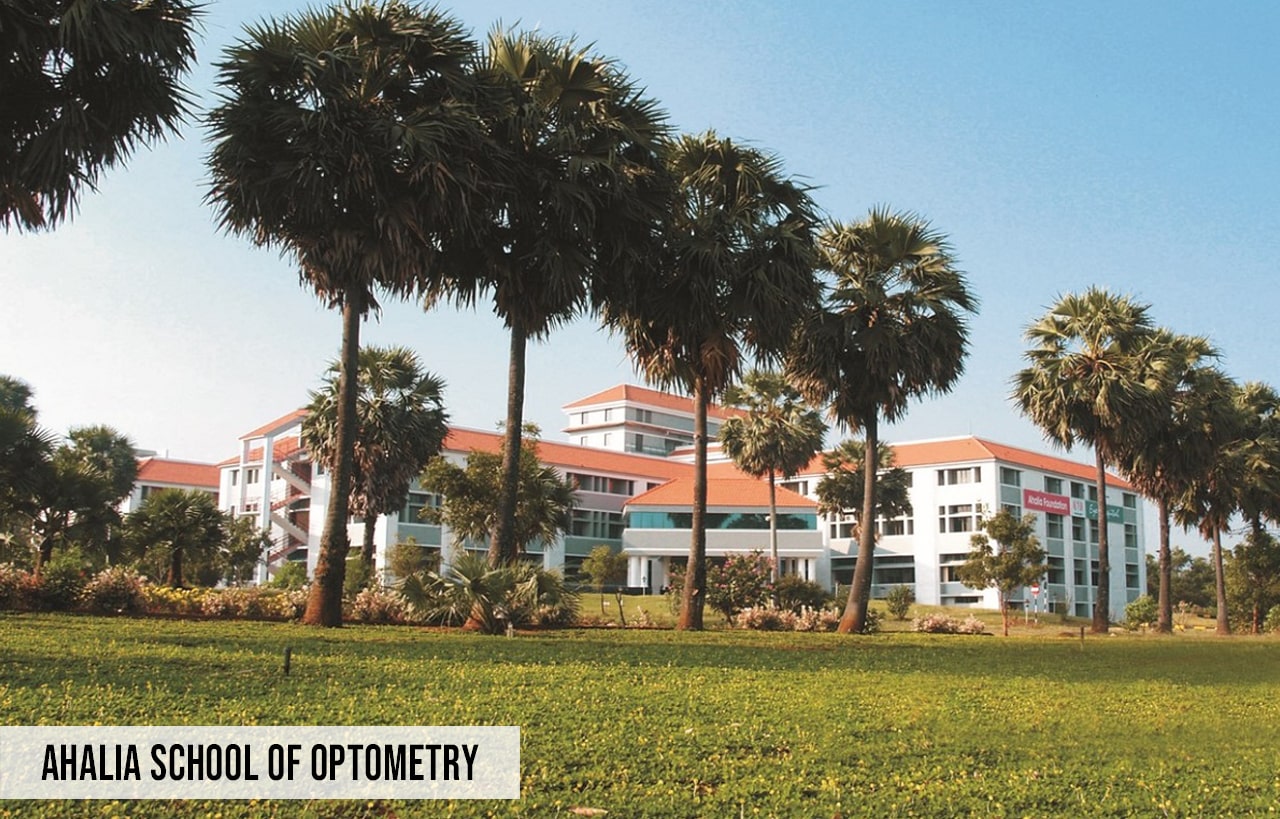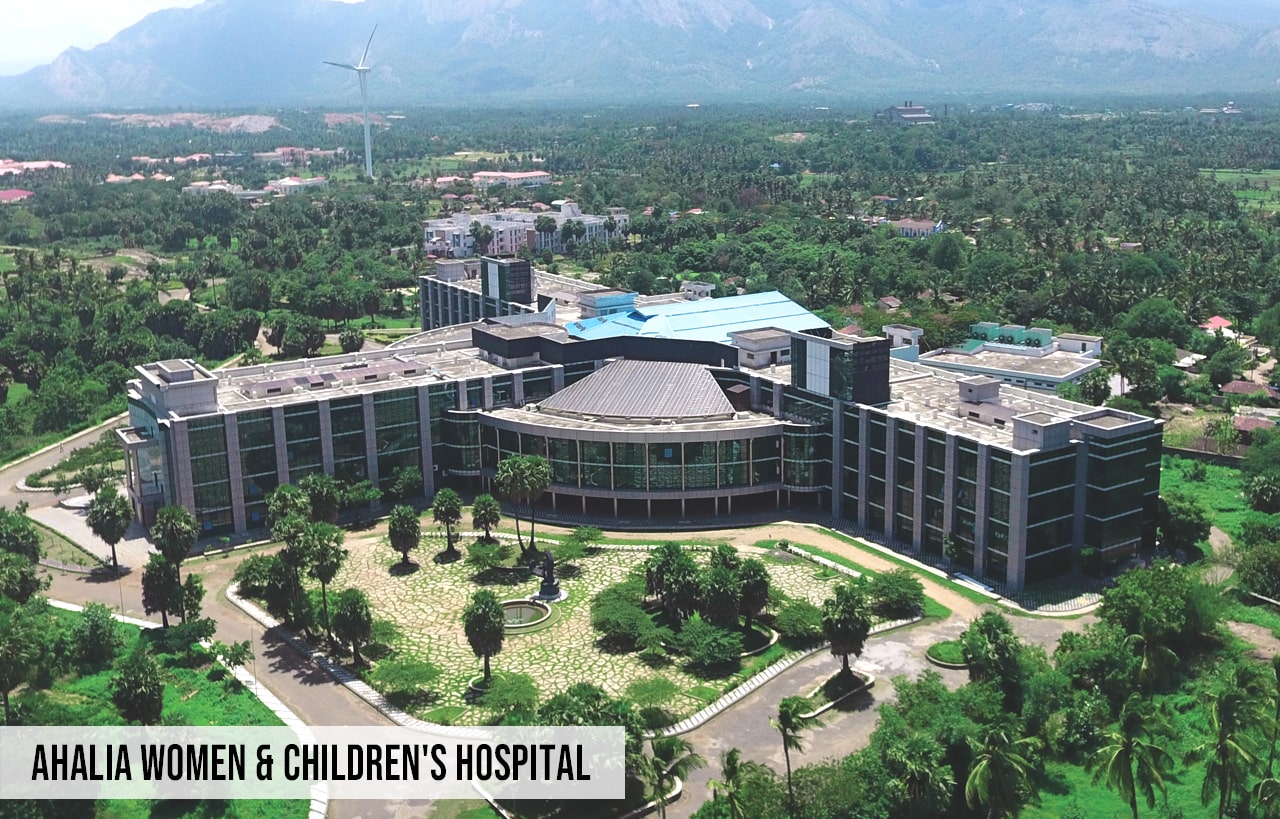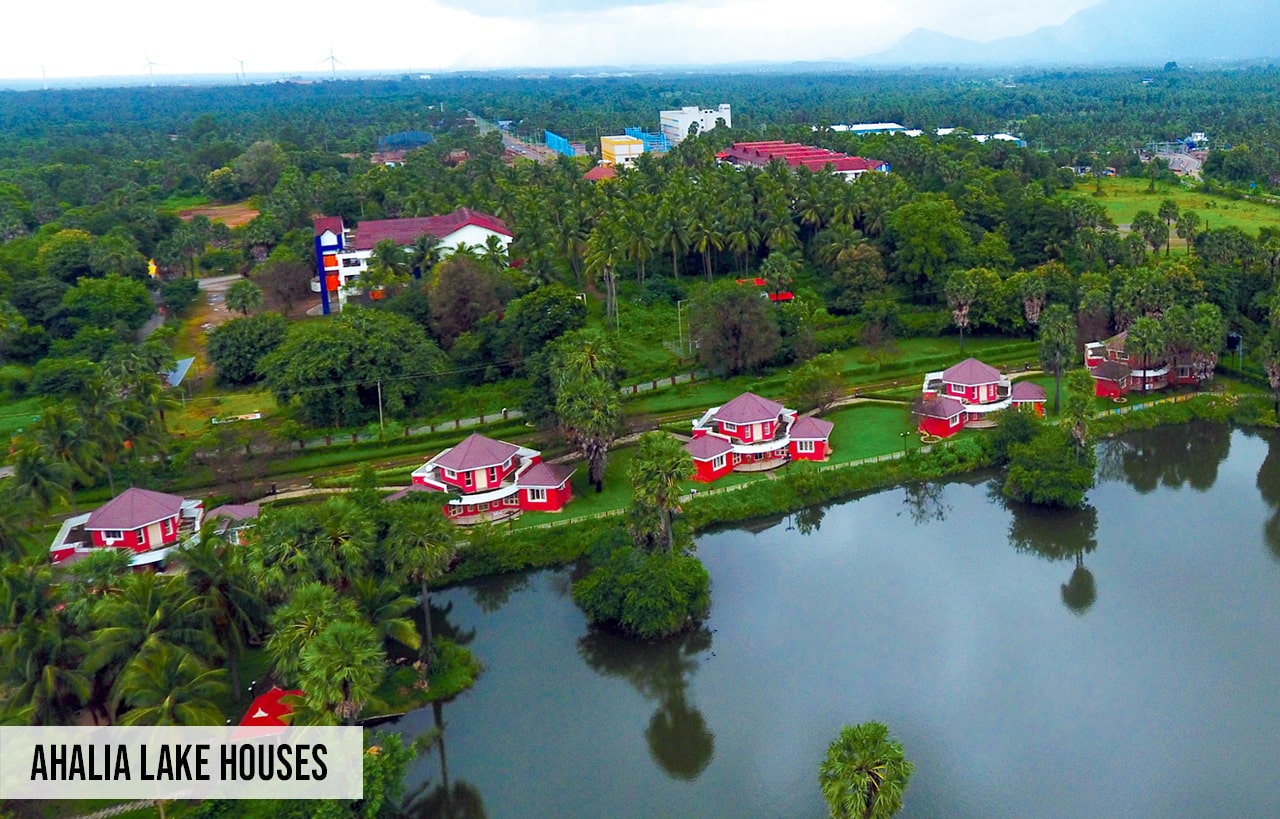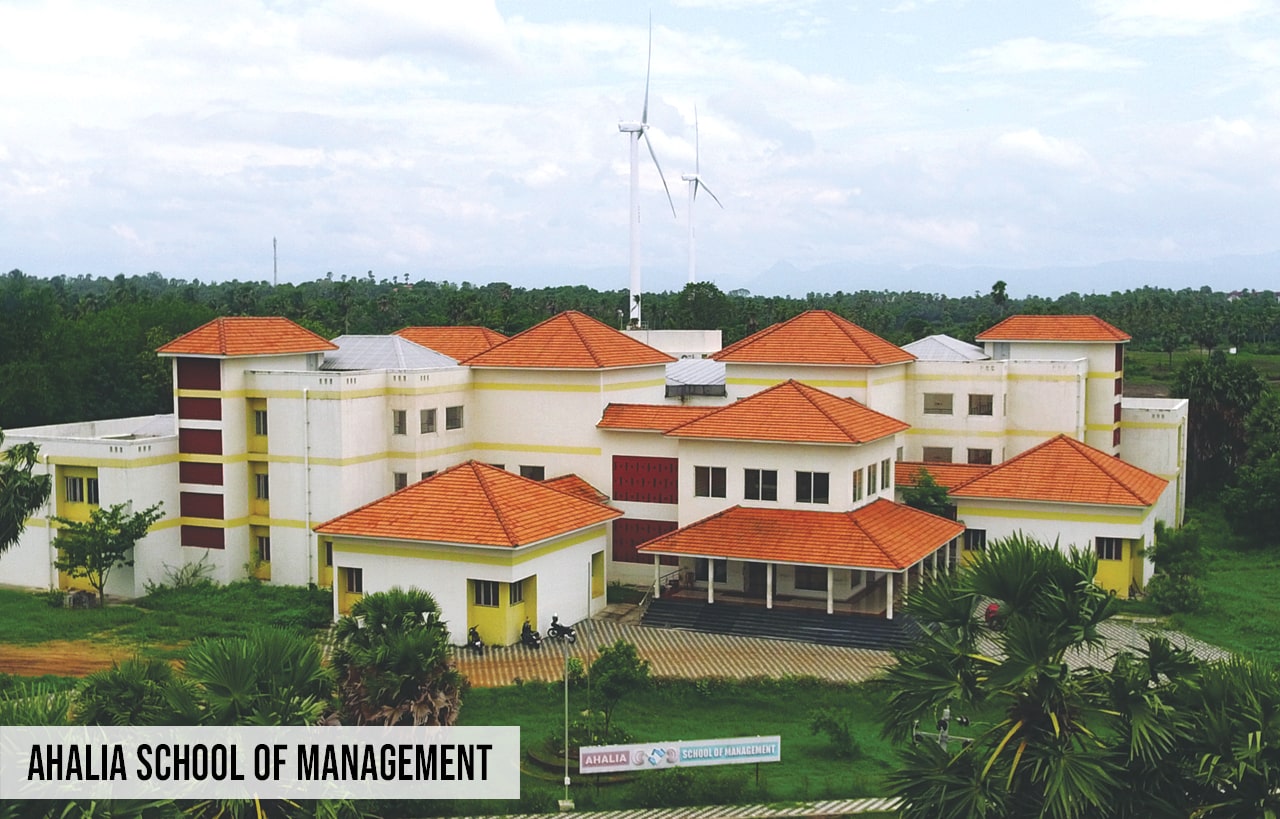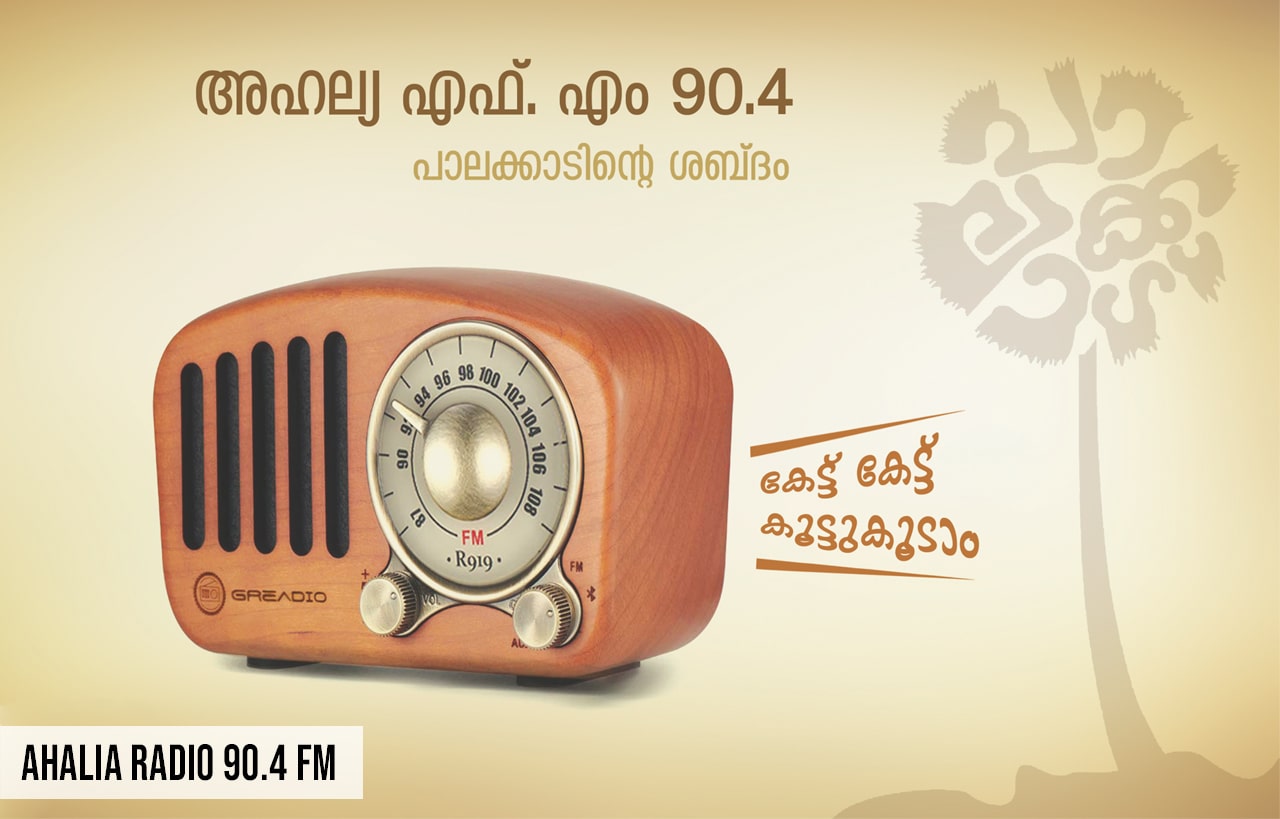Ahalia Health, Heritage and Knowledge Village (AHHKV) is a project of Ahalia International Foundation. Located in an exotic region of Palakkad at the foothills of the Western Ghats, amid breathtaking valleys, verdant paddy fields, dense herbal gardens and away from the din and bustle of city life, Ahalia Campus offers a perfect blend of nature and technology. This green Campus is an integrated campus consisting of Ahalia Foundation Eye Hospital, Ahalia Ayurveda Medical College and Hospital, Ahalia Diabetes Hospital, Ahalia Women and Children’s Hospital, Ahalia Medicine Manufacturing Unit, Ahalia Ayurveda Hospital, Ahalia Children’s Village, Ahalia Heritage Village, Ahalia School of Management, Ahalia School of Optometry, Ahalia School of Engineering & Technology, Ahalia School of Pharmacy, Ahalia School of Paramedical Sciences, Ahalia School of Commerce and Mathematics and Ahalia Public School. This vast and beautiful campus is hardly three hours drive from Cochin and Calicut airports and 40 minutes drive from Coimbatore airport.
Sustainability Efforts
Ahalia is the largest edu-health campus in the State of Kerala, located in a water scarce and rain shadow region, close to Plachimada, from where Coca Cola had to leave, after being forced to stop ground water tapping. The second biggest industrial region of Kerala, Kanjikode, is adjacent to the Ahalia Campus. Two decades back, the Ahalia Campus was founded on an arid extent of land, with very rare green sprouts and absence of water. Rain water conservation has done miracle to this campus and it is now a fully green water conserved campus, the largest in Kerala. Over the past two decades, Ahalia Campus has constructed ten rainwater harvesting lakes with a total capacity of approximately 230 Million litres. These lakes are designed and constructed considering the topography of the land. Channels and pipes, above and below the water surface, are made to ensure that rainwater from rooftops, roads and other catchment areas is directed to these rainwater harvesting lakes for in-situ reuse rather than allowing run off. A rainwater harvesting system comprises of various components such as pipes or drains for transporting rainwater, chambers for intermediate diversion, filtration tanks and storage tanks. Rainwater harvesting has always been proposed as a solution to recharge the local aquifers and ensure water availability in water-scare zones. While this technique is a long-term and cost-effective solution and relatively less complex to construct, the availability of land is often the bottleneck. LDPE sheets are placed in the borders at the lowest elevation (or level) to prevent water from overflowing to the surrounding region. During heavy rainfall, when the lakes overflow, chambers divert water to the surrounding areas. The water conservation efforts in Ahalia campus have been recognized several times by the Kerala State Pollution Control Board (PCB). The presence of these lakes have greatly benefitted the campus and the nearby locality by maintaining the water table high, especially during the hot summers. Besides this, these water bodies help in maintaining a thriving eco-system and is a source of relaxation for human body and mind. The development of the Ahalia Campus in this arid region has become a saga in the history of Kerala. At present, this self-sustained campus is accommodating 10 academic institutions including IIT Palakkad, 4 hospitals, a medicine manufacturing unit, a large herbarium, a heritage village, a rock sculpture museum, a children’s village, a dozen lake houses, half-a-dozen theme parks, etc., making it a centre of attraction for movie makers. It has become a destination for students’ visit from many institutions. The campus also has its own production of grains, vegetables, flowers, milk, egg, etc., making it a loveable place to stay, self-sustained in water, energy (wind) and much more.

